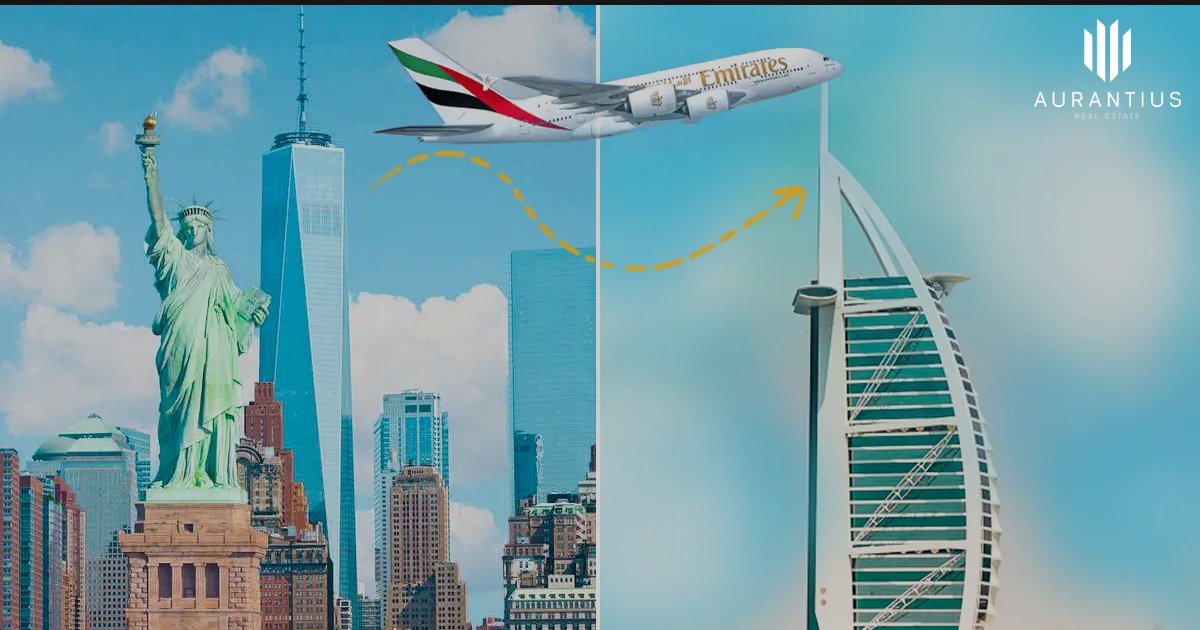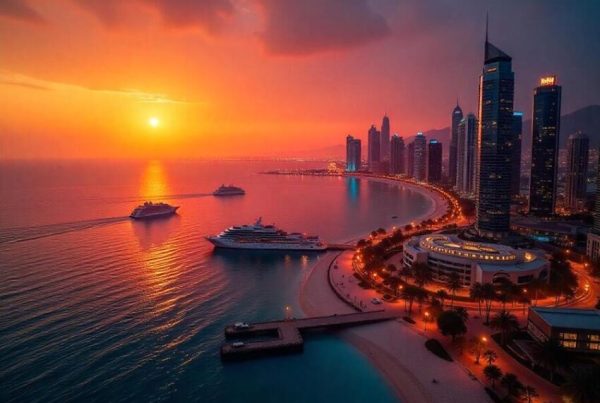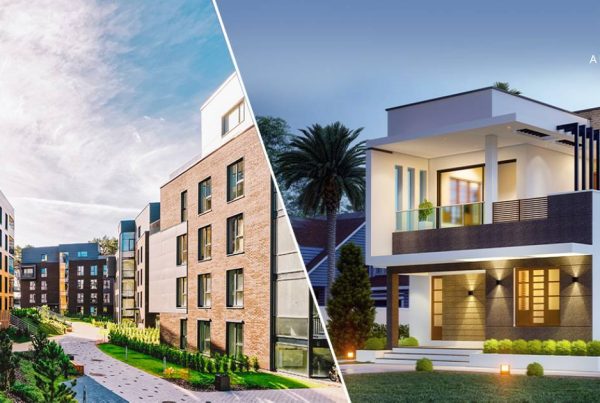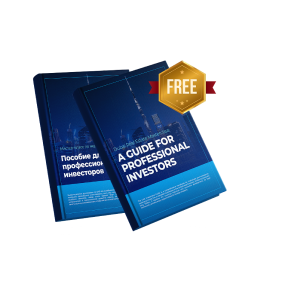Why U.S. Real Estate Investors Are Turning Toward Dubai
The American real estate market, once considered a cornerstone of stable returns, is now facing worrying signals that are reshaping investor sentiment. According to Bankrate, the average monthly mortgage payment for a median-priced U.S. home valued at $425,583 reached $2,768 in early 2025 — up 2.4% year-on-year when factoring in taxes and insurance. Meanwhile, average monthly rents have plateaued around $2,000, leaving many landlords squeezed between rising costs and stagnant income. With home insurance averaging $2,408 annually, property owners are feeling the pinch of diminishing profitability.
Amid these pressures, rental yields in the U.S. have narrowed to just 3.5%–8% before expenses. Once taxes, maintenance, and insurance are deducted, many landlords see net returns fall below 5% — often as low as 2.1%–4.8%. For investors seeking growth and security, the U.S. market no longer guarantees capital preservation or reliable appreciation. This reality is driving many toward global opportunities — and few destinations have captured attention like Dubai.
Dubai: A Magnet for Global Investors
According to Knight Frank UAE, Dubai recorded a historic 169,000 real estate transactions in 2024, amounting to AED 367 billion (approximately $100 billion). Notably, 83% of high-net-worth individuals (HNWIs) surveyed globally expressed interest in acquiring property in Dubai, especially for building custom homes. The reasons are clear: high yields, tax advantages, transparent laws, and a market environment that supports long-term capital growth.
Higher Yields and Stronger Returns
Real estate yields in Dubai can be 1.8–2 times higher than in major U.S. cities. The average gross rental yield is around 4.87%, while specific districts such as Discovery Gardens and Dubai Silicon Oasis offer returns between 7%–8%. Industrial and investment hubs like Dubai Investments Park can yield up to 9.4%, making the emirate’s rental market among the most lucrative globally. For those willing to invest during pre-construction phases, returns can exceed 10% annually.
Tax Advantages that Boost Profitability
Dubai’s tax-free environment remains one of its greatest appeals. The city imposes no income tax, inheritance tax, or capital gains tax on property transactions. Investors only pay a one-time Dubai Land Department (DLD) registration fee of 4% upon purchase. In contrast, U.S. states often charge annual property taxes that range from 1% to 3% of assessed value, eroding returns year after year. This structural advantage allows Dubai investors to retain more of their rental income and capital appreciation.
Legal Transparency and Efficient Regulation
Dubai’s property market operates under a transparent legal framework overseen by the Dubai Land Department (DLD) and the Real Estate Regulatory Agency (RERA). Transactions — from registration to rental contracts — are fully digitized, ensuring both speed and security. Landlords facing non-payment can act swiftly under Law No. 26 of 2007, which allows them to issue repayment notices and, if necessary, appeal to the Rental Dispute Tribunal within 30 days. Cases are typically resolved in 2–6 months, a far cry from lengthy litigation processes in the U.S., where tenant lawsuits can stall payments for years.
Consistent Demand and High Occupancy Rates
Dubai’s property demand remains robust throughout the year, supported by its diverse economy, global tourism, and strong expatriate presence. Long-term rental markets maintain occupancy rates above 90%, with vacancy as low as 2%–4% in mature communities such as Dubai Marina and Downtown Dubai. Short-term rentals also perform well, averaging 71% occupancy thanks to year-round tourism. Seasonal fluctuations are minimal, unlike U.S. markets such as Florida, where rental demand can drop sharply during off-peak months.
Common Mistakes and Market Risks
While Dubai’s market offers attractive prospects, investors should proceed with due diligence. The most common pitfalls include choosing poor locations or relying on brokers incentivized by developer commissions. Overpromised returns — often in the range of 15%–40% — are typically tied to high-risk strategies such as flipping under-construction properties or purchasing distressed assets for renovation and resale. Prudent investors aiming for 10%–15% annual returns should focus on established communities or reputable developers.
Conclusion: A Strategic Shift in Global Real Estate
For U.S. investors struggling with shrinking yields, rising insurance costs, and stagnant rental growth, Dubai presents a compelling alternative. Its tax efficiency, high yields, and investor-friendly ecosystem position it as a global haven for capital preservation and growth. As more high-net-worth individuals pivot toward this market, Dubai continues to evolve — not just as a luxurious destination, but as one of the world’s most profitable and transparent real estate environments.
Disclaimer: The information provided does not constitute financial, tax, or investment advice. Investors should consult licensed professionals for personalized guidance before making any property or investment decisions.











